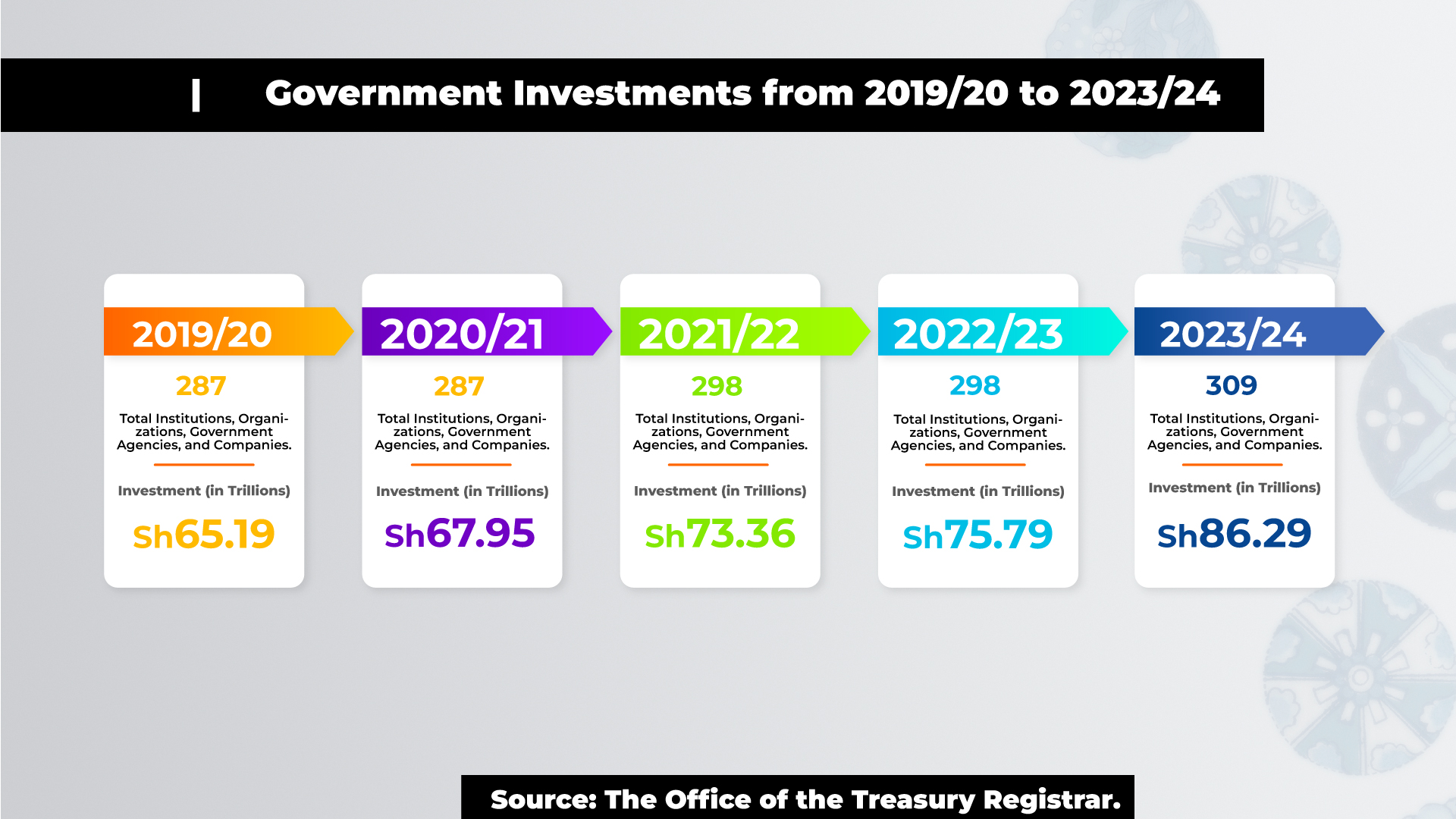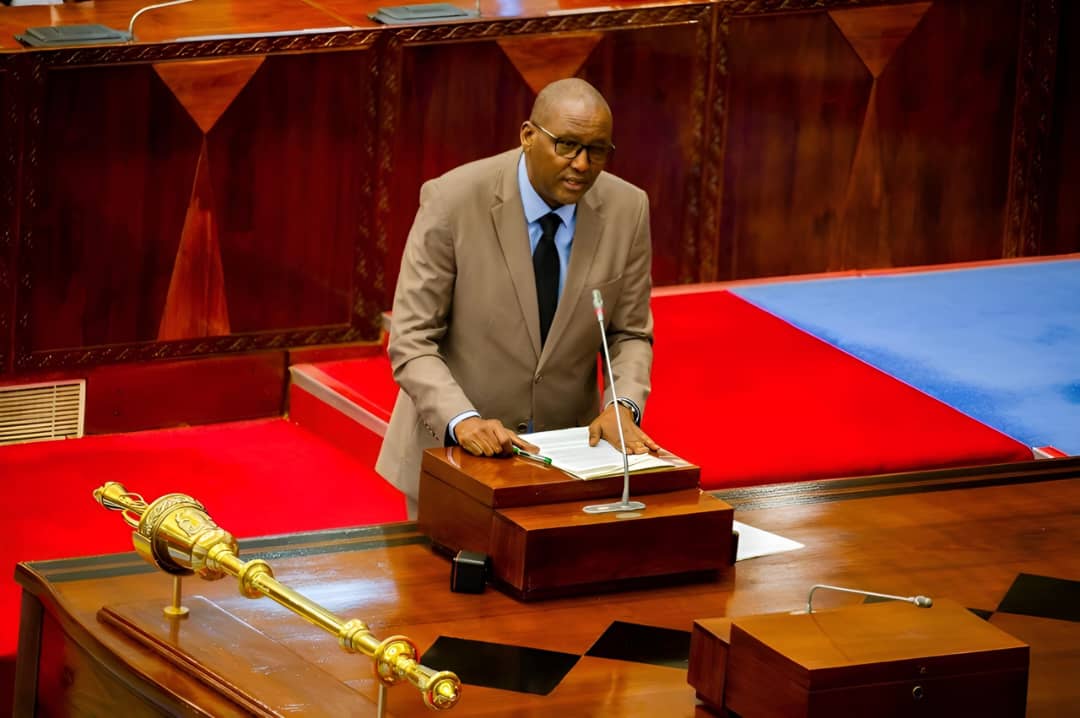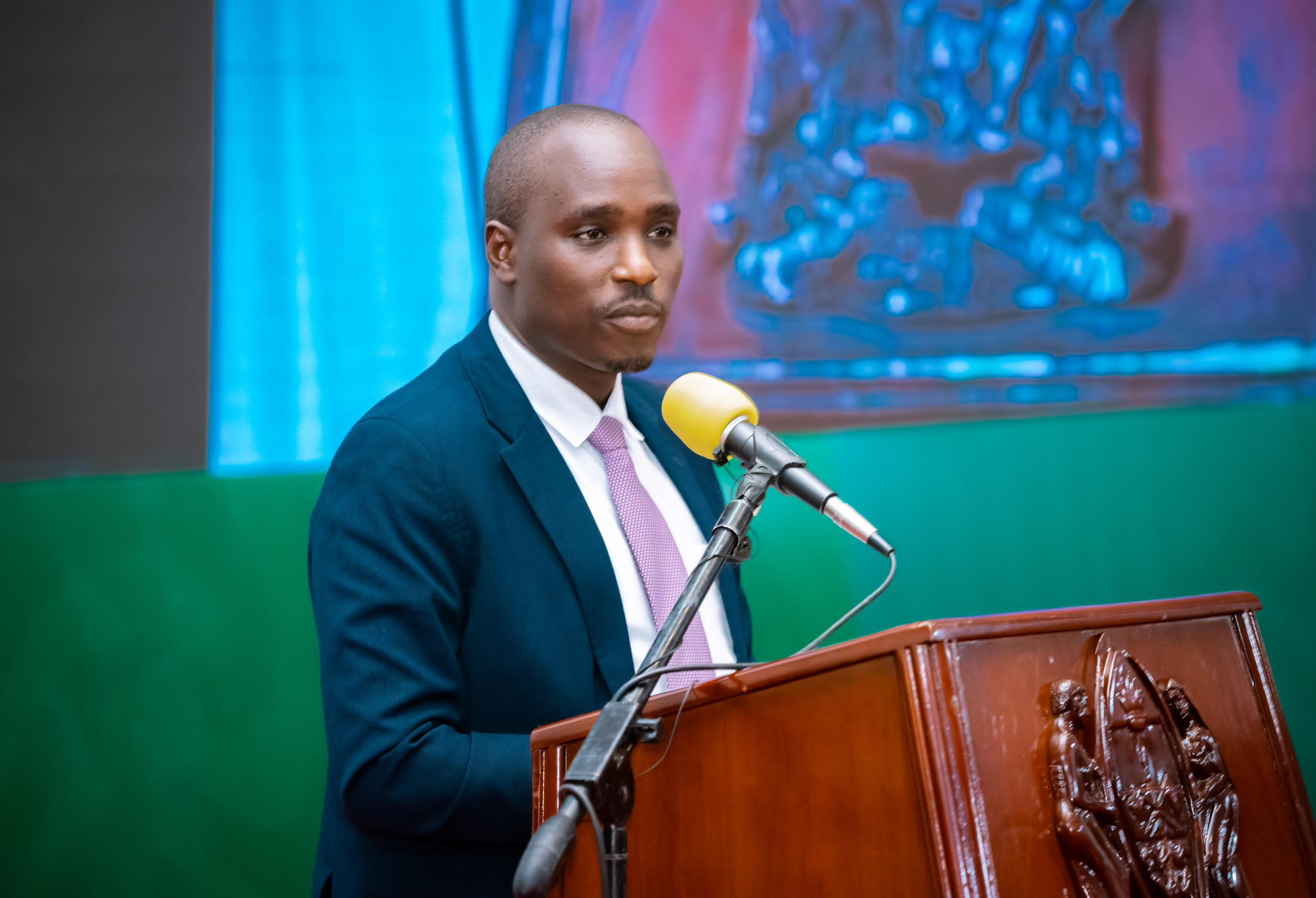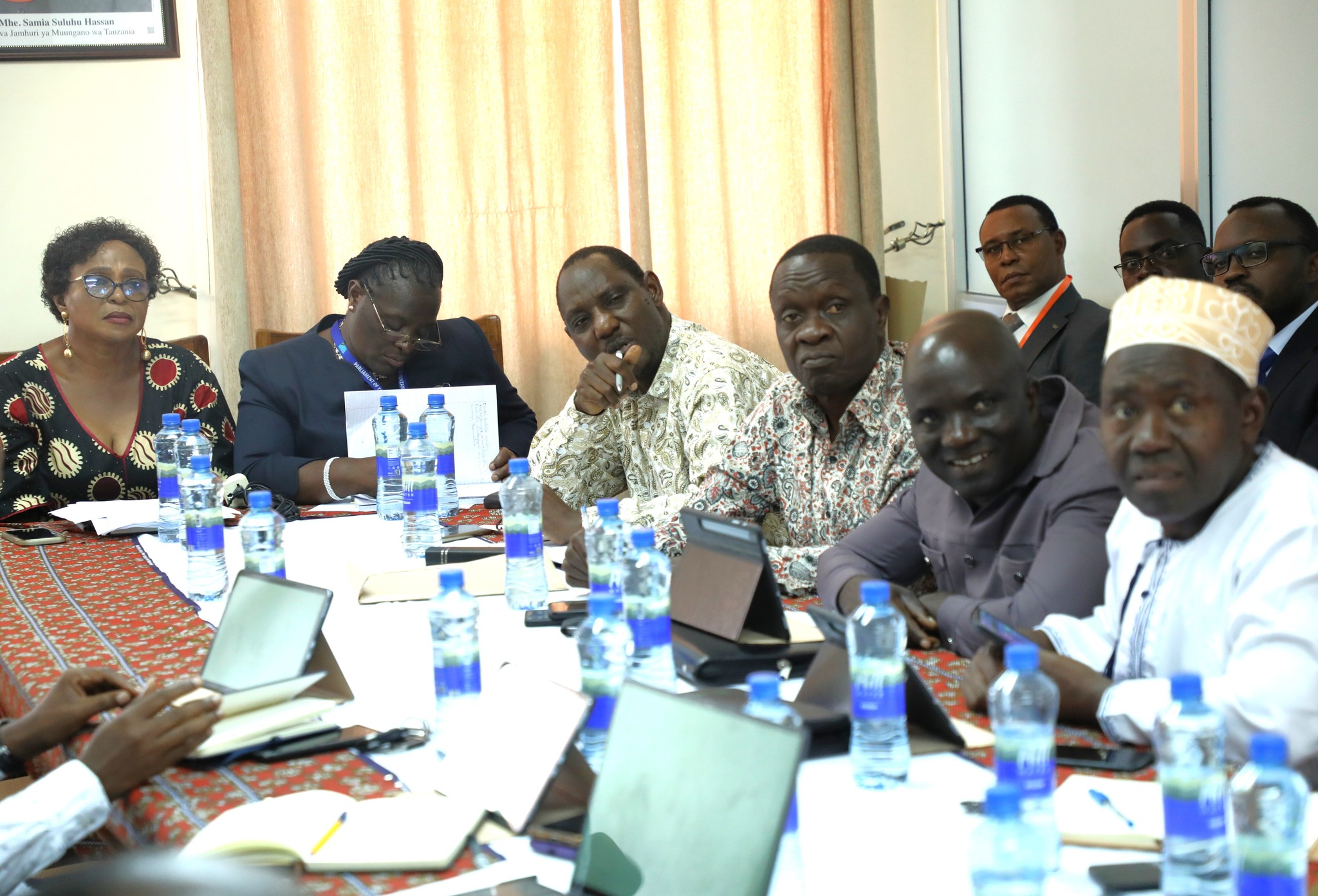Dar es Salaam. As Tanzania looks toward 2050, it envisions a transformative future driven by a shared commitment to progress, inclusivity, and resilience.
At the heart of this vision is the desire to build a prosperous, self-reliant nation that fully harnesses its human capital, natural resources, and strategic position.
According to Dr Samia Suluhu Hassan, the President of Tanzania, the development of the nation is deeply intertwined with the aspirations of its people, who have long dreamed of a prosperous, peaceful, and just society.
Through Vision 2050, Tanzania aims to create an economy that will rival the world’s upper-middle-income countries while embracing sustainable development that benefits all Tanzanians.
In her recent remarks, President Samia emphasized that the Vision 2050 blueprint is not just a government plan but a reflection of the collective will of Tanzanians from all walks of life.
It draws inspiration from Dr Hussein Mwinyi, President of Zanzibar, who described the first draft of the vision, unveiled in Zanzibar on Wednesday, as a “people’s vision” that reflects both domestic and diasporic aspirations of Tanzanians.
The vision focuses on the country’s transformation through industrialization, urbanization, technological advancement, and environmental sustainability, while aiming for inclusivity across all sectors.
As President Mwinyi observed during the launch of the Vision 2050 draft, the primary goal is to drive national development in a way that leaves no one behind.
He pointed out that the country’s rapid demographic growth, expected to push the population to 140 million by mid-century, demands significant preparation in key areas such as housing, food security, healthcare, and education.
He highlighted the critical need for a resilient and diversified economy that creates jobs and supports the burgeoning urban and youthful population.
This future-focused vision is grounded in addressing current challenges while seizing the many opportunities the future offers, from technological advancements to the global shift toward clean energy.
For Tanzania, the path to achieving these goals is outlined clearly in the Tanzania Development Vision (TDV) 2050, which sets the stage for economic, social, and environmental transformation.
The country’s vision is built on several strategic pillars.
Prof Kitila Mkumbo, the Minister of State in the President’s Office— Planning and Investment, on Wednesday emphasized that Vision 2050 is not just about sustaining economic growth but also fostering an economy that is inclusive, competitive, and resilient.
By ensuring that the business and investment climate attracts both local and foreign investors, Tanzania aims to propel itself to become a leading hub for commerce, innovation, and regional trade by 2050.
“Central to this transformation is the focus on human development,” asserted Prof Mkumbo.
A robust and skilled workforce is essential for Tanzania to achieve its ambitious goals, and the country is committed to ensuring that education, healthcare, and social protection systems are strengthened to support its people.
The Vision 2050 targets an education system that equips Tanzanians with the skills needed to succeed in a dynamic global economy, while also ensuring that healthcare services are of the highest quality, providing all citizens with opportunities to thrive.
The vision also emphasizes the importance of environmental stewardship and climate change resilience.
Tanzania aims to be a leader in sustainable development, with strategic investments in sectors such as agriculture, mining, tourism, and manufacturing.
These sectors are identified as key drivers for economic growth and job creation.
The government’s push to modernize agriculture, turning Tanzania into a leading food producer, reflects its broader goal of economic diversification.
At the same time, the country seeks to enhance its blue economy—capitalizing on its vast marine resources and positioning itself as a key player in the regional maritime trade sector.
The Vision 2050 blueprint also prioritizes digital transformation, recognizing that technology is one of the most powerful tools for driving productivity and innovation.
By investing in cutting-edge technologies such as artificial intelligence, Tanzania plans to foster a digitally proficient society that can meet the demands of the global marketplace.
The nation’s focus on integrating logistics, fostering research and development, and advancing energy infrastructure reflects its commitment to leveraging science and technology to unlock new opportunities for sustainable economic growth.
This vision is not just aspirational but actionable.
With clear targets for poverty eradication, industrialization, gender equality, and improved living standards, Tanzania aims to ensure that by 2050, every Tanzanian will benefit from a higher quality of life.
From achieving a $700 billion economy to ensuring that Kiswahili is recognized as one of Africa’s official languages, the country’s ambition knows no bounds.
President Samia, President Mwinyi, and Prof Mkumbo all agree that the Vision 2050 represents the best hope for a sustainable, equitable, and prosperous future.
Ultimately, the nation’s goals are interwoven with the dreams and hard work of its people, who are committed to realizing the vision of a prosperous, inclusive, and self-reliant Tanzania.
Through collective action and strategic investment, the country aims to achieve socio-economic development that meets the needs of its growing population, while contributing to the global effort to address the challenges of climate change, inequality, and sustainable growth.
As President Samia puts it, Tanzania’s vision for 2050 is a “dream worth pursuing”—one that has the potential to change the course of the country’s future and cement its place as a leading force in Africa and beyond.
The process leading up to Wednesday’s launch of the draft for the 2050 Development Vision was marked by an extensive and inclusive consultation phase, gathering feedback from over 1.17 million citizens and stakeholders between December of the previous year and October this year.
The breadth of the feedback collection process, which involved household surveys, SMS messages (USSD), websites, conferences, interviews, and discussions with current and former leaders, is indicative of a government approach that seeks to be responsive and representative.
The launch coincided with the beginning of the second phase of stakeholder feedback collection, which will focus on the validation of the Vision Draft.
The validation phase, which is set to conclude on January 18, 2025, will be crucial in refining the document, making necessary adjustments, and ensuring that it is a document of practical feasibility.
The validation process is expected to address potential gaps, including ensuring that the draft reflects an appropriate balance between ambition and the practical realities of implementation.
This phase could be a litmus test for how flexible the government is in adjusting the Vision based on public feedback, and whether the final document will be a consensus-driven blueprint or a government-imposed directive.
Between January and March 2025, the Vision Draft will undergo scrutiny within key government bodies such as the Permanent Secretaries, the National Planning Commission, and the Cabinet.
These bodies are expected to provide technical and political assessments of the draft, weighing its feasibility in relation to the country’s financial and institutional capacities.
This phase presents an opportunity to gauge the level of institutional commitment to the Vision and the extent to which it aligns with existing government priorities.
In the months that follow, between April and May 2025, the draft will be presented to the Parliament of the United Republic of Tanzania for formal approval.
This stage is particularly important because it will test the degree of political will across various sectors, as Parliament will have the power to amend or approve the Vision.
The approval process in Parliament will be closely scrutinized, as it will reveal the level of cross-party consensus on the Vision and its ability to withstand political cycles.
From there, President Samia is set to officially launch the National Development Vision 2050 in May or June 2025.







